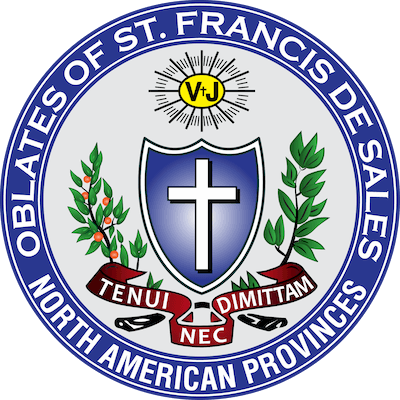Most Rev. Barry R. Strong, OSFS with Pope Francis
Whenever I witness an event in Piazza San Pietro (St. Peter’s Square) in Rome, I am struck not only by the sheer number of people in the piazza but moreover the wide diversity of the people gathered. Also, quite visibly, two figures in the square loom large over them all, the statues of Saints Peter and Paul, whose solemnity we celebrate on June 29. Talk about diversity. As foundational pillars of the Church and joined together by their martyrdom in Rome, the two of them couldn’t have been more different.
It is reported that St. Peter was a robust man with a good physique. Although he was probably uneducated and not much of a writer, he spoke from the heart and was a natural leader. St. Paul, on the other hand, was short and had some health issues. He was highly educated as a Pharisee and wrote prolifically but was not much of a speaker.
In terms of their early ministry, diversity developed into open conflict. Simply put, Paul found Peter’s bridge-building approach to the question of whether the Gentile converts to Christianity needed to become Jews first (following Jewish dietary laws, circumcising males, etc.) to be hypocritical at best (for Peter chose not to eat with Gentile Christians only when Jewish Christians were in town). For Paul, this was not diplomacy. It threatened his baseline theology that justification for men and women, for Jews and Gentiles, comes solely through faith in Christ, crucified and raised for our salvation. As Paul wrote to the Galatians: “I opposed [Peter] to his face because he clearly was wrong” (2:11). Wow!
Today, these two colossal figures preside over St. Peter’s Square in a display of unity transcending, but not eliminating, their diversity. It is what St. Francis de Sales calls “unidiversity.” Unity in the Church does not require uniformity; diversity does not require division. St. Francis reflects on the argument between the two patron saints of Rome in light of the Lord’s commission to St. Peter to take pastoral charge in feeding his sheep. In his defense of the faith, The Catholic Controversy (Part II, Article 6, Chapter 5), Francis writes: “…everyone knows that it is permitted to the inferior to correct the greater and to admonish him with charity and submission when charity requires.” St. Paul became the Apostle of the Gentiles and St. Peter of the Jews, he concludes, not to divide the Church but to establish diverse quarters for preaching so that “the world might the sooner be filled with the sound of the Gospel.”
This is as it should be, even as Church today. As the first Eucharistic Prayer for Various Needs (The Church on the Path to Unity) puts it: “For by the word of Your Son’s Gospel You have brought together one Church from every people, tongue, and nation, and, having filled her with life by the power of Your Spirit, You never cease through her to gather the whole human race into one.”
Most Rev. Barry R. Strong, OSFS
Superior General of the Oblates of St. Francis de Sales
Rome, Italy





